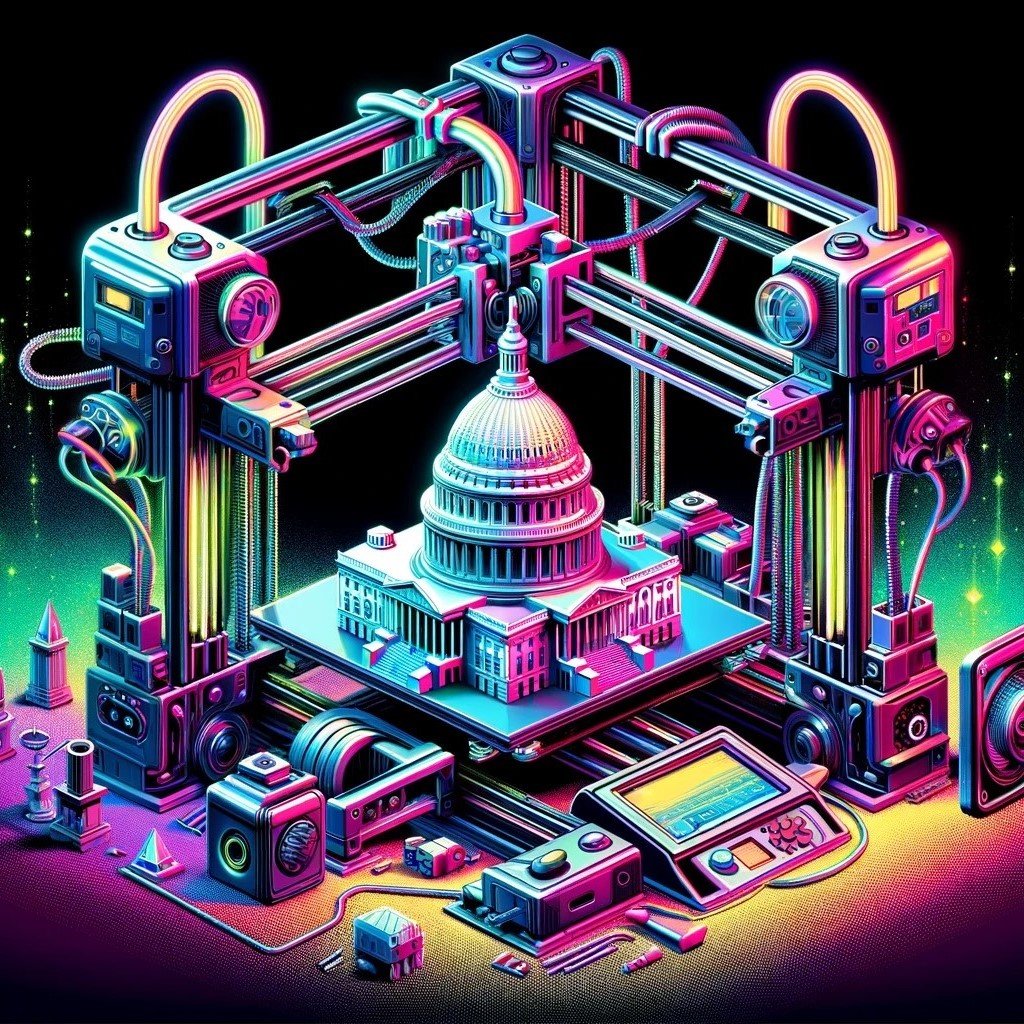The House is creating more modern tools to boost efficiency, effectiveness, and oversight.
Why This Matters
Congress’ ability to be effective in directing the Executive branch’s actions through the legislative process and checking the President’s authority through oversight relies upon the Legislative branch’s capacity.
The Executive branch employs 2.97 million individuals and spends trillions of dollars annually to carry out its functions. The Legislative branch, by comparison, has 31,000 employees across the House, Senate, and Congressional support agencies and an annual budget of $6.9 billion. This is quite a stark difference in size and resources.
Examining Congressional capacity through another lens, the House is currently made up of 441 Representatives and Delegates. When the Permanent Apportionment Act was enacted in 1929, each seat, on average, represented 212,000 citizens. Today, each Representative represents 761,169 constituents on average (an increase of more than 300%). The challenges this presents, similar to the ones presented by an expansive Executive branch, are clear. But as Congress continues to refrain from approving substantial boosts to its own budget through Legislative branch appropriations, Members have pushed for other ways to boost their capacity.
When it comes to performing its oversight functions and processing thousands of documents to fully understand complicated policies and their implications, Congress has been woefully behind in utilizing tools to receive, organize, review and store information. Members and staff are flooded with resources each day to inform policymaking. From multi-hundred page reports delivered by the Executive branch to a seemingly endless flow of policy one-pagers and write-ups from both private and public sources, Members and their staff struggle to not only log what they receive, but to read it all. If Congress is unwilling to allot itself more staff capacity through both budgeting itself the resources for more personnel and raising its staff cap, it needs to utilize better technology and tools.
How It Happened
Members were aware that technology solutions existed in the private sector that could boost Congressional capacity when it came to digesting information. They demanded better tools and ModCom made recommendation #144, which led the House to authorize committee use of an eDiscovery platform (a modern, secure document processing software) in 2023. CAO, in partnership with the CHA, undertook an iterative and customer-focused approach to understanding the specific needs of Members and staff to ensure that the procurement requirements matched the on-the-ground workflows within Congressional offices. By March 2024, eleven committees had adopted the platform, using it to assist on nearly 50 unique oversight matters. The result is a heavily adopted and utilized platform that is boosting Congressional capacity.
The Impact
The process undertaken to procure an eDiscovery platform is a successful pilot for how Members and staff can engage with the institution to pursue a growing suite of technology solutions to address Congressional inefficiencies. The impact of the eDiscovery platform will be felt for decades as Members will be empowered with greater information to make policy decisions and perform Congress’s vital oversight functions.
Glossary
ADA = Americans with Disabilities Act
AOC = Architect of the Capitol
CHA = Committee on House Administration
CAO = House Chief Administrative Officer
CDTF = Congressional Data Task Force
COLA = Cost-of-Living Adjustment
CPF = Community Project Funding
CR = Continuing Resolution
GAO = Government Accountability Office
GAO STAA = The Government Accountability Office’s Science, Technology Assessment, and Analytics team
GenAI = Generative Artificial Intelligence
HIRO = House Intern Resource Office
HDS = House Digital Service
LIS = Legislative Information Service
LLM = Large Language Model
MIA = Modernization Initiatives Account
ModCom = The House Select Committee on the Modernization of Congress
ModSub = Subcommittee on Modernization (ModSub) within the Committee on House Administration
MOU = Memorandum of Understanding
NMO = New Member Orientation
OCWR = Office of Congressional Workplace Rights

